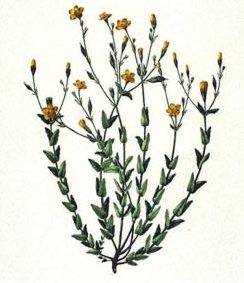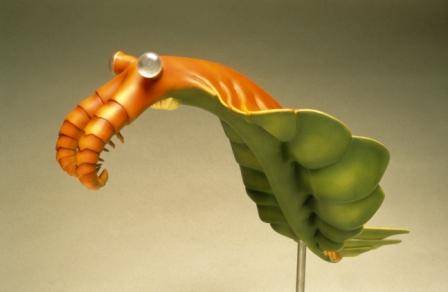The differences between Neanderthals and Homo sapiens, our own species, have been widely debated since the discovery of the remains of Homo neanderthalensis in the 19th Century. Professor Chris Stringer, one of the Museum's leading research scientists from the Department of Palaeontology, is a specialist on the origins and variation of humans, their ancestors and their relatives. In particular, he has worked for many years on Neanderthals.
One characteristic of Neanderthals that captures both public and scientific imagination is their different physical appearance, having pronounced brow ridges on the skull, a prognathous face, wide nose and a stongly-built body with short legs. It has traditionally been argued that Neanderthals have relatively larger sinuses as a response to living in cold climates - they are know to have lived in Europe during periods of lower temperatures - the ice ages. The traditional argument has been that this characteristic warmed the air as it was breathed in.
However, new research published in the Journal of Human Evolution from Todd Rae from the University of Roehampton, Thomas Koppe from the University of Griefswald, Germany, and Chris Stringer, NHM, suggests that the range of sinus size for Neanderthals was in the same proportion to body size as that of European Homo sapiens. They also argue that the normal response of mammal species in cold climates is actually to develop smaller sinuses. Their conclusion is that the differences between ourselves and Neanderthals for this characteristic can be explained simply by genetic drift - the random genetic changes that occur in different populations and species over time - and not as a response to their environment.
Rae, T. C., T. Koppe and C. Stringer (2011). "The Neanderthal face is not cold adapted." Journal of Human Evolution 60(2): 234-239. ![]() doi:10.1016/j.jhevol.2010.10.003
doi:10.1016/j.jhevol.2010.10.003




